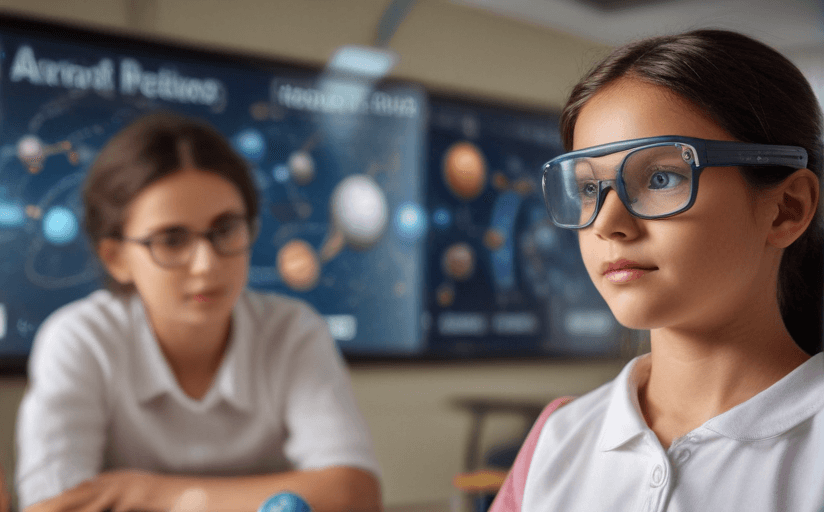The Revolutionary Influence of Augmented Reality on Today's Education Systems
Augmented Reality (AR) is a revolutionary technology that is significantly impacting today's educational system. This impact extends far beyond just enhancing entertainment; AR has the potential to reshape classroom settings and learning methods entirely.
Understanding AR and its Application in Education
AR exists as a bridge between the real and the virtual world, superimposing virtual objects onto the physical environment. This technology allows for crafted, immersive experiences within an educational context, providing practical opportunities for students to engage complex concepts in a more interactive, understandable fashion.
Benefits and Impacts of AR in Education
AR aids educators in making learning content more engaging and interactive. Complex scientific concepts and historical events become more understandable. For instance, through AR, students can interact with a 3D model of the solar system in physics or re-live historical events. Rather than being mere observers, AR transforms students into active participants in the learning process, thereby enhancing concept retention and understanding.
Challenges of AR and Solutions
Despite its vast benefits, AR poses challenges to its universal adoption in education systems. Key concerns include the costs of implementing AR technology, privacy issues linked with device usage, and the potential for distraction rather than learning. However, solution strategies have been implemented, such as developing low-cost AR apps for educational use, creating guidelines to prevent misuse of devices, and integrating AR into existing curricula to provide a balanced blend of traditional and technologically-assisted learning.
The Future of AR in Education
Looking ahead, the future of AR in education appears promising. With continual advancements in the field, we may anticipate the development of highly customized AR learning experiences for students. From virtually dissecting a frog in biology class to bringing historical figures 'back to life', the potential applications are limitless. Thus, AR holds the potential to transform not only how we teach but also how we learn, moving towards a future where learning becomes a truly immersive experience.
In conclusion, as we continue feeling the impacts of AR in education, it's crucial to adapt our approach to learning and teaching. AR, though not without its challenges, offers an exciting opportunity to enhance fundamental classroom experiences, and ultimately, improve educational outcomes.
















Comments
Leave a Comment